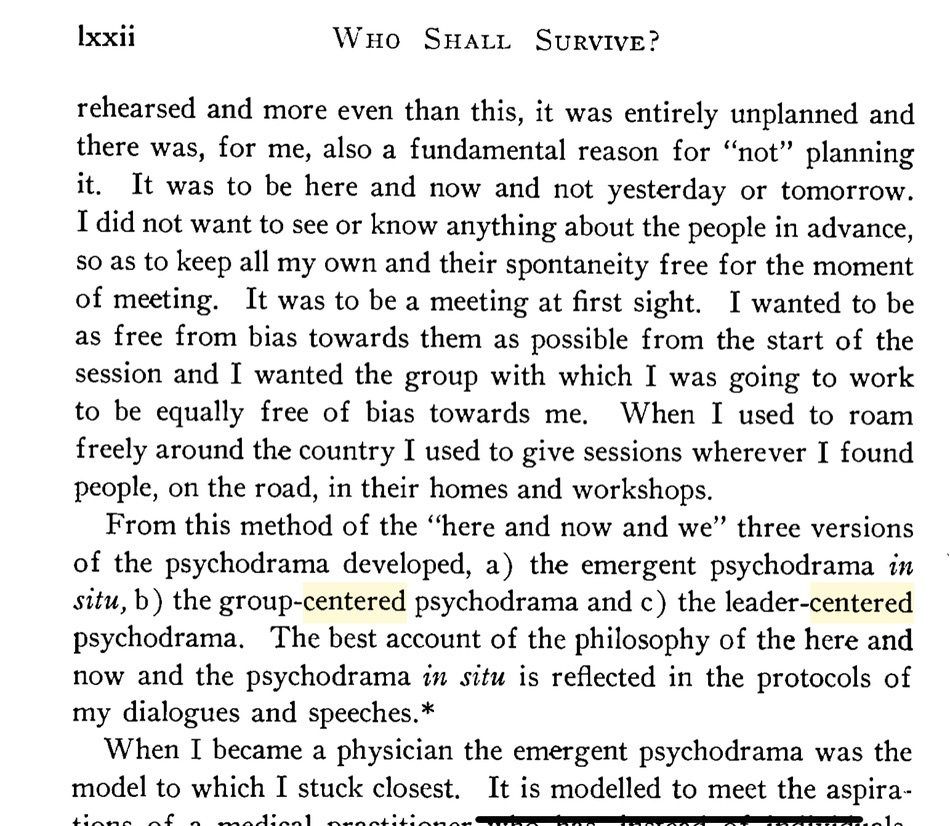A couple is truly a couple when the hitherto hidden dimensions of pain surface in the relationship. The couple may not see it, but there is an interconnected web of role relationships that involve projections and yearnings from childhood. Thus a defining aspect of couplehood is:
- Connections at a primal wounds
Of course there are other aspects of couplehood:
- Love
- Sexuality
- Children
- Intimacy
- A wedding ceremony
- Significance
- Familiarity
- Shared memories
- Commitment
- Domestic life
- Social reality & recognition
Some of these will apply and some may not.
The crucial aspect of couplehood is an uncanny reciprocity of pain. Hedy Schleifer refers to the “deepest desires meeting the darkest resistance, and vice versa.” This can appear like a disconnect, but it is the relationship doing its purposeful work, a profound connection.
Psychodrama refers to ‘the interpyche’ with an interplay of co-conscious and co-unconscious ways of being. Evocative and useful words. Imago relationship therapy has the word ‘imago’, a word meaning image, referring to the match of the unconscious dynamics involving the unmet needs from childhood, mixed with the love that was there.
One word for it: trouble! Captured well in the image above: Snow Storm by J.M.W Turner.
Who wants it? Who knows how to get through this impasse when one person’s deep desires meet the other person’s fears? And vice versa. It gets harder as regression seeps in and our usual adult functioning goes out the window. I’d rather look at facebook or go for a walk.
There is another side to the story, trouble means opportunity. The ‘interpsyche’ is not so stupid! This mystical third entity wove a web for us to climb through impasses. They are not impossible passes, we can get through, with help. And once through we continue the adventure with new vigour.
For the therapist it is easy! “Wow, you two are here, facing this trouble! Well done. This is normal, this is healthy, this is natural and right and you can work through this. Talk and listen. Listen with great care! Talk without blame. I’ll help you do it.”
Its is not so easy when you are in it. Love is blind, and so is trouble. Have a look at this feast of quotes about love: 90 Beautiful Love Quotes from Literature I wish there were as many beautiful quotes about the purpose of trouble as there are about the glorious magic of love.





